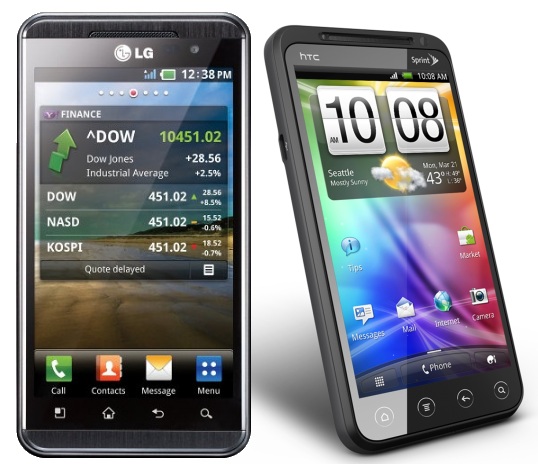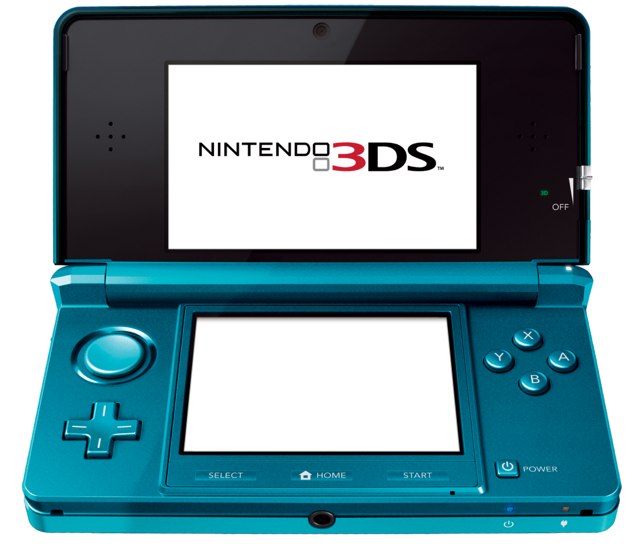The history of 3D technology in mobile devices is mercifully short. While 3D imagery has found limited success on larger screens (thank you, Avatar), smartphones and tablet displays have been almost universally restricted to two dimensions.
That's why it's extremely odd that Amazon is apparently taking its own stab at mobile 3D with the unveiling of its smartphone on Wednesday. Reports — as well Amazon's own teaser for the event — strongly suggest a 3D smartphone is coming. While the success of the Nintendo 3DSshows 3D gadgets can sometimes succeed, the consensus around that device is that it did welldespite its 3D tech, not because of it.
Although the technology to produce a "parallax" effect on a screen has been around for more than a decade, it experienced a golden age right when Hollywood went 3D back in 2009-2011. When Avatar became the top-grossing movie of all time, manufacturers tripped over themselves to offer 3D TVs, and a few even though 3D smartphones were a good idea.
HTC, for one. The HTC Evo 3D debuted globally on June 24, 2011. Its 3D screen was complemented by the twin cameras in back, which could be used in unison to take 3D photos. Owners could view those photos on the Evo's display without glasses or export them to more conventional (i.e. glasses-required) 3D displays.
The Evo 3D received so-so reviews, with users impressed with the 3D abilities but disappointed with its other abilities, such as call quality. Also, its 3D display did nothing for the interface or the vast majority of Android apps. When Virgin Mobile re-launched the phone for its network, it even dropped "3D" from the name.

Little wonder, then, that there was only one other 3D smartphone with a global launch: the LG Optimus 3D. Called the LG Thrill 4G in the US, the phone barely made a whimper in North America, and since its screen was lower-res than the Evo's, the 3D effect wasn't as good.
Nintendo shows the way
Pre-dating both of those phones, the Nintendo 3DS has, so far, been the only 3D handheld device with any real success. Nintendo announced it in March 2010 and unveiled it at the E3 gaming expo that year. It didn't actually go on sale until March 2011, but as the official successor to the Nintendo DS, there was a lot of anticipation.
The 3DS received many favorable reviews, but some users saw the 3D tech (which was built into only one of the two screens) as an "afterthought." Sales weren't so great out of the gate, but after a price cut they hit stride, and with more than 43 million in sales to date, the Nintendo 3DS is in the Top 5 of the best-selling handheld consoles in history.

Tellingly, though, Nintendo eventually debuted an entry-level version of the 3DS without the 3D screen, called the 2DS. While the 3DS continues to sell well, the existence of the 2DS reveals how essential Nintendo believes the 3D effect is to the mobile gaming experience (I.e. not very).

No comments:
Post a Comment